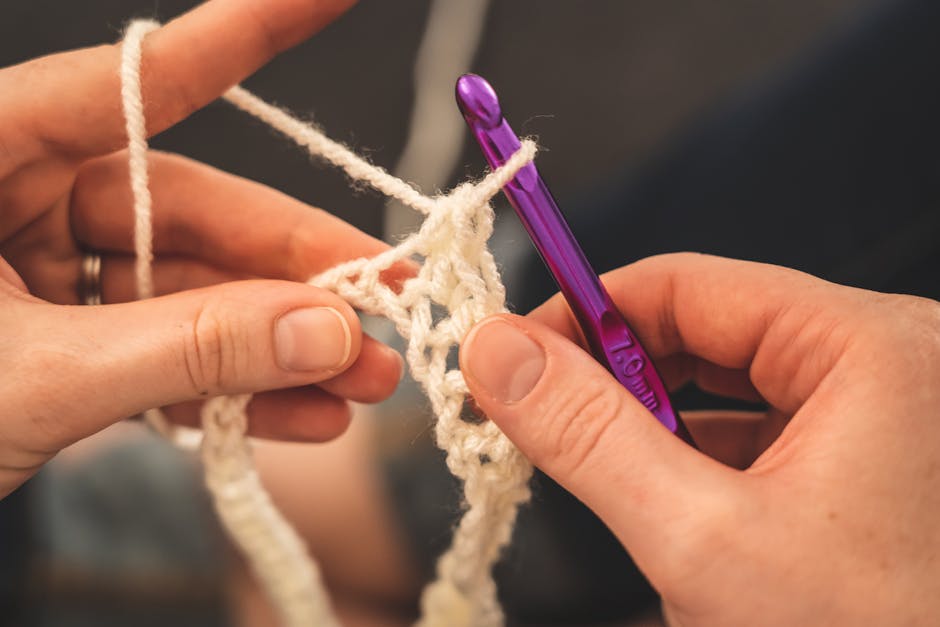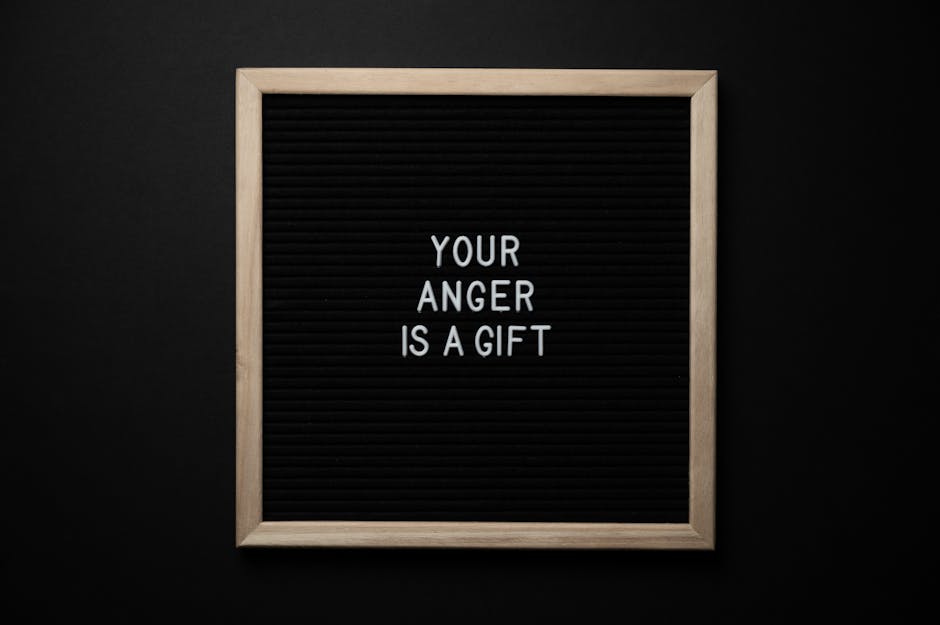Landing Page Optimization: Converting PPC Traffic Into Customers
Landing Page Optimisation: Converting PPC Traffic Into Customers
When you’re paying for every click, you need a landing page that converts. A well-designed page can increase conversions by up to 25%. To maximise your PPC traffic, focus on crafting a relevant headline that grabs attention in 1-2 seconds. Streamline your page design to guide visitors’ attention to your call-to-action. Write compelling copy that resonates with your audience. Optimise your call-to-action by strategically placing and designing it to drive conversions. Finally, don’t forget to improve your page load speed, as a single second of latency can result in a 7% reduction in conversions. By tackling these elements, you’ll be well on your way to converting more customers – and there’s even more to explore.
Key Takeaways
• Crafting attention-grabbing headlines that convey unique value proposition and address pain points can increase conversions by up to 20%.• Optimising visual hierarchy and design can boost conversions by up to 25% by guiding visitors’ attention to the call-to-action.• Strategically placing and designing call-to-action buttons can increase conversions and drive revenue by creating a sense of urgency.• Optimising page load speed by compressing images and using lazy loading can improve conversions, as a single second of latency can result in a 7% reduction in conversions.• Rigorously testing and refining individual elements, such as headlines and CTAs, through A/B experimentation and user feedback can help identify which elements drive the highest conversions.
Crafting a Relevant Headline

When crafting a relevant headline, you have approximately 1-2 seconds to capture your visitor’s attention and convey your unique value proposition. In this fleeting moment, you must communicate the essence of your offer and entice visitors to engage further.
To achieve this, it’s essential to understand the psychology behind effective headlines. Research in Headline Psychology reveals that visitors are more likely to respond to headlines that address their pain points, highlight benefits, and create a sense of urgency.
By incorporating these elements, you can create a compelling headline that resonates with your target audience.
Another critical aspect of headline crafting is Keyword Clustering. By grouping related keywords and phrases, you can identify patterns and themes that resonate with your target audience.
This approach enables you to craft headlines that not only capture attention but also aline with your visitors’ search intent.
To optimise your headline, focus on the following key metrics: attention rate, click-through rate, and conversion rate.
By A/B testing different headline variations, you can identify which ones drive the highest engagement and conversions.
Streamlining Your Page Design

Optimising your page design can boost conversions by up to 25%, simply by eliminating clutter and guiding visitors’ attention to your call-to-action.
By streamlining your page design, you’ll create a seamless user experience that directs visitors toward conversion.
To achieve this, focus on establishing a clear Visual Hierarchy.
This means organising your page elements in a logical order, using size, colour, and placement to draw attention to key elements.
Prioritise your Content Priority by grouping related elements together and using whitespace to create a clear flow.
This will help visitors quickly identify the most important information and take action.
Next, eliminate any unnecessary elements that distract from your call-to-action.
Remove any clutter, including excessive text, irrelevant images, or unnecessary CTAs.
Writing Compelling Copy

As you craft your landing page’s copy, you’ll need to focus on two key areas: crafting headlines that grab attention and creating an emotional connexion with your audience.
Research shows that a well-written headline can increase conversions by up to 20%, while emotionally resonant copy can boost engagement by 15%.
Crafting Headlines
You’re about to craft a headline that will make or break your landing page’s conversion rates, as a single change can boost conversions by up to 28%. This isn’t just a minor tweak – it’s a game-changer.
When crafting your headline, keep in mind that it’s an extension of your brand identity. It should resonate with your target audience and reflect your brand’s tone and voice.
To create an attention-grabbing headline, focus on the benefits you’re offering. What sets your product or service apart from the competition? What problem do you solve for your customers?
Use action verbs and questions to pique curiosity. Make sure your headline is concise, clear, and free of jargon. Aim for a length of 6-9 words, as this tends to perform best.
Emotional Connexion Matters
Crafting compelling copy that resonates with your target audience is essential, as it can increase conversions by up to 80% by tapping into their emotions and motivations. You want to create an emotional connexion with your visitors, making them feel seen, heard, and understood. This can be achieved through emotional storytelling, where you share relatable experiences, struggles, and triumphs that resonate with your audience.
Personal empathy is vital: put yourself in your audience’s shoes and speak directly to their pain points and desires.
Emotional triggers like fear, excitement, or nostalgia can be powerful motivators, so use them wisely.
Authenticity is key: be genuine, transparent, and honest in your copy to build trust and credibility with your audience.
Optimising Your Call-to-Action

By strategically placing and designing your call-to-action (CTA), you can substantially boost conversions and ultimately drive revenue.
A well-designed CTA is vital in guiding your visitors towards the desired action, whether it’s filling out a form, making a purchase, or subscribing to a newsletter.
CTA Placement is critical in capturing your visitor’s attention. Place your CTA above the fold, making it one of the first things visitors see when they land on your page. This increases the chances of them noticing and engaging with your CTA.
Additionally, consider placing your CTA in a prominent location, such as the top-right corner of the page or at the end of a form.
Button Wording is another essential aspect of optimising your CTA. The words you choose can notably impact conversion rates.
Use action-oriented verbs like ‘Get Started‘ or ‘Sign Up Now‘ to create a sense of urgency and encourage visitors to take action. Avoid vague phrases like ‘Click Here‘ or ‘Submit,’ as they don’t provide any context or value.
Instead, use descriptive text that clearly communicates what visitors will get or achieve by clicking the button. By optimising your CTA’s placement and wording, you can substantially increase conversions and drive more revenue from your PPC campaigns.
Improving Page Load Speed

When it comes to improving page load speed, you’ll want to focus on a few key areas.
You’re likely aware that a slow-loading page can be a major conversion killer, and you must optimise your landing page’s load time to keep visitors engaged.
Optimise Image Files
How much of a delay are you willing to tolerate on your landing page, considering that a single second of latency can result in a 7% reduction in conversions?
Optimising image files is essential to improving page load speed. You can substantially reduce the file size of your images without compromising their quality.
Use image compression tools: Tools like TinyPNG and ShortPixel can reduce the file size of your images by up to 90% without affecting their quality.
Choose the right file format: JPEG is ideal for photographs, while PNG is better suited for graphics and ikons. GIFs should be used sparingly, as they tend to be larger in size.
Resize images to their display size: Make sure images are resized to their display size to avoid unnecessary bytes. This simple trick can reduce the file size of your images notably.
Reduce HTTP Requests
You can shave precious milliseconds off your landing page’s load time by minimising HTTP requests, which can slow down your site by forcing the browser to fetch multiple files from your server.
Each request takes time, and the more requests you have, the longer your page takes to load.
To combat this, you need to minimise dependencies by reducing the number of scripts and stylesheets on your page. This can be achieved by combining files, compressing them, and eliminating unnecessary ones.
Another strategy is to use lazy loading, which defers the loading of non-essential resources until they’re needed. This approach guarantees that critical resources are loaded first, while less important ones are loaded later, reducing the initial load time.
By implementing these techniques, you can substantially reduce the number of HTTP requests and speed up your landing page.
This, in turn, will improve user experience, increase engagement, and ultimately, boost conversions.
Leverage Browser Caching
By storing frequently-used resources locally, browser caching enables your landing page to load substantially faster, slashing load times by up to 50% or more.
This is because browser caching allows frequently-used resources to be stored locally, reducing the need for repeat requests to your server. As a result, your page loads faster, and your users are more likely to convert.
To get the most out of browser caching, make sure to:
- Set cache expiration dates to verify that users’ browsers are updated with the latest versions of your resources
- Implement cache validation to confirm that browsers only download updated resources when necessary
- Use Cache-Control headers to specify how long resources should be cached for, and how they should be validated
Testing and Refining Elements

Optimising your landing page’s conversion rates demands rigorously testing and refining individual elements to identify the most impactful variations. You can’t rely on gut feelings or assumptions; data-driven decisions are vital.
A/B experimentation is a powerful tool to isolate and test specific elements, such as headlines, CTAs, or images, to determine which variations drive the highest conversions. By systematically testing and refining these elements, you’ll uncover the most effective combinations that resonate with your target audience.
Gathering user feedback is essential in this process. You can collect feedback through surveys, heat maps, or user testing tools to understand how visitors interact with your landing page.
This data will help you identify pain points, areas of confusion, or opportunities to improve the user experience. Analyse this feedback to refine your A/B experimentation, making certain that your tests are targeted and meaningful.
As you test and refine, remember to focus on one or two elements at a time to achieve accurate results. Avoid making sweeping changes that can muddy the waters.
Frequently Asked Questions
Can I Use the Same Landing Page for Different Ad Groups?
You shouldn’t use the same landing page for different ad groups, as it’ll dilute targeted messaging. Instead, adopt ad group segmentation to create unique landing pages that resonate with each group’s specific needs and concerns.
How Do I Ensure Mobile Responsiveness for My Landing Page?
‘Don’t worry, you won’t alienate mobile users! Guaranty mobile responsiveness by adopting a mobile-first design, defining responsive breakpoints, and testing across devices to guaranty a seamless user experience, regardless of screen size.’
What Is the Ideal Length for a Landing Page?
You’re wondering what the ideal length for a landing page is. Aim for a content density that balances concise messaging with visual hierarchy, keeping essential info above the fold, and supporting details below.
Can I Use Pop-Ups or Overlays on My Landing Page?
When deciding on popup placement, you’ll want to strategically position them to maximise engagement, ensuring they don’t overwhelm users. Optimise overlay timing, too, to avoid disrupting the user experience and maintain a seamless flow.
How Often Should I Update My Landing Page’s Content?
You should update your landing page’s content every 2-3 months to maintain content freshness, and seasonally to guaranty relevance, as this frequency has been shown to improve engagement and conversion rates by up to 20%.
Conclusion
As you’ve navigated the twists and turns of landing page optimisation, you’ve transformed from a lost traveller into a master cartographer, mapping the journey from PPC traffic to loyal customers.
Your relevance is now a beacon, guiding visitors through streamlined design and compelling copy.
Your CTA is a clarion call, urging action.
Speed is your ally, and testing is your compass.
You’ve conquered the wilderness, and conversions are your treasure.
Contact us to discuss our services now!
